
About White-Bellied Sea Eagle:
- It is a diurnal monogamous bird of prey.
- Young Sea-Eagles are brown as juveniles then slowly become to resemble adults in a patchwork manner, acquiring the complete adult plumage by their fourth year.
- Distribution: They are found throughout southeast Asia. They range north to south from southern China to Australia and Tasmania, and west to east from India to New Guinea.
- Habitat:
- They live primarily in terrestrial habitats near the ocean, especially coasts, islands, and estuaries, but also live in forested areas with access to smaller bodies of water, such as lakes, ponds, and rivers.
- Most white-bellied sea eagles live at elevations around 900 m, with the highest elevation recorded at 1,700 m.
- Diet: White-bellied Sea Eagles are primarily piscivorous, meaning they primarily feed on fish. They may also prey on water birds, small mammals, and carrion (dead animals).
- Conservation Status:
- IUCN: Least Concern

About watsonx.ai:
- It is an Artificial Intelligence tool jointly built by IBM and NASA.
- It will help users monitor the Earth from space, measuring environmental changes that have already happened while also making predictions about the future.
- The model is also designed to be extremely simple to use. A user would merely need to select a location and a date, and the model will highlight changes in floodwater, reforestation efforts and other relevant factors.
How does watsonx.ai work?
- It is built on a foundation model — it’s trained on a broad set of uncategorised data allowing the model to apply information about one situation to another.
- In the case of watsonx.ai, NASA provides the datasets (in terms of satellite images instead of words,) and IBM created the foundation model to interpret them.
- In order to train the model to comprehend visual sequences that unfold over time, scientists filled in blank areas in each image and asked the model to piece it back together.
- It became increasingly adept at figuring out how the photos connected to one another as it reassembled additional images.
- The model was then adjusted for certain tasks like segmenting and categorising photos.
What is watsonx.data?
- It is a fit-for-purpose data store optimised for governed data and AI workloads. It is designed to enable enterprises to scale AI workloads by harnessing their entire data landscape.
What is watsonx.governance?
- It is an end-to-end toolkit encompassing both data and AI governance. It helps clients create responsible, transparent and explainable AI workflows by providing AI governance capabilities like model management throughout the AI lifecycle.
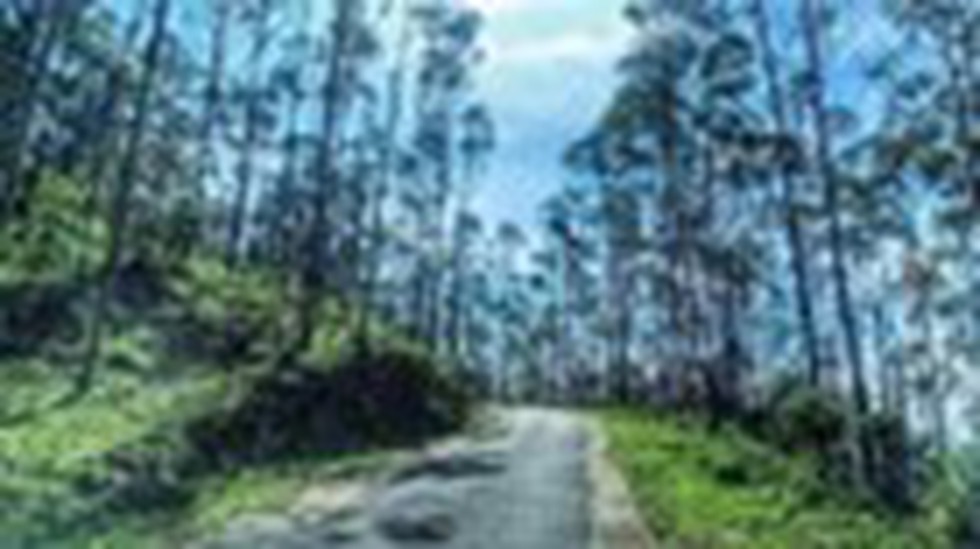
About the Pappathi Chola:
- Pappathi Chola, known for its high butterfly population, derived its name from the Tamil word Pappathi meaning butterflies and Chola means shola land.
- It is also regarded as a hub of balsams (Impatiens balsamina) and rare varieties of orchids.
- It is located right in the middle of the Chathurangappara hills and Mathikettan shola.
- Last year, the region witnessed the blooming of Neelakurinji.
- This area is covered with eucalyptus trees.
- Many butterflies reach the area during their migratory course from the rain shadow forests of Tamil Nadu back to the higher elevations of Munnar.
Key facts about Impatiens balsamina:
- It is an annual herb thought to be native to India and Myanmar.
- It is an annual, perennial or suffruticose herb, terrestrial or sometimes epiphytic.
- It has been long prescribed for the treatment of rheumatism, isthmus, generalised pain, fractures, inflammation of the nails, scurvy, carbuncles, dysentery, bruises, foot diseases, etc.
- Juice extracted from plant leaves was used to cure warts and snakebite.

About the UNESCO Asia-Pacific Awards for Cultural Heritage Conservation:
- UNESCO seeks to encourage private sector involvement and public-private collaboration in conserving the region’s cultural heritage for the benefit of current and future generations.
- Since 2000, UNESCO Asia-Pacific Awards for Cultural Heritage Conservation have been recognizing the achievement of the private sector and public-private initiatives in successfully conserving or restoring structures, places and properties of heritage value in the region.
- Among the recognised sites, five are from China, six from India, and one from Nepal.
- Award winning sites from India are as follows
- The Rambagh Gate in Amritsar received the “Award of Excellence,” the highest recognition among all categories.
- Pipal Haveli, a heritage rural homestay from Punjab was honoured for its sustainable development.
- The Karnikara Mandapam at Kunnamangalam Bhagawati Temple in Kerala earned the Award of Distinction.
- Epiphany in Haryana, David Sassoon Library and Reading Room in Mumbai and Bikaner House in New Delhi received the Award of Merit.
Rambagh Gate & Ramparts
- The Rambagh Gate is a three-storied structure.
- The restoration involved using traditional building techniques and locally sourced materials like the characteristic Nanak Shahi bricks set in lime mortar.
Pipal Haveli, Gurdaspur
- It emphasises ecological and traditional building methods, utilising locally sourced materials and vernacular architectural language.
- It supports women’s empowerment through initiatives like the BaRi Collective, offering programmes that strengthen women’s livelihoods via environmentally conscious craft practices.
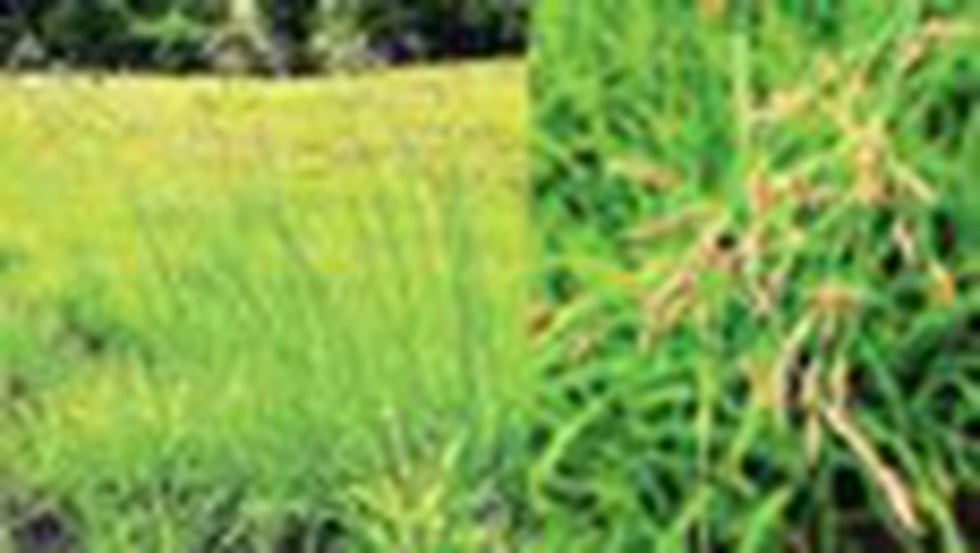
About the Fimbristylis jaleeliana:
- It is a family of graminoid (grass-like) monocotyledonous flowering plants, from the lateritic hillocks of Kannur district.
- It thrives in lateritic grasslands at an elevation of 60 metres above sea level.
- The genus Fimbristylis was one of the largest genera within the family Cyperaceae, represented by 320 species distributed in tropical and subtropical regions.
- In India, the genus was represented by 124 species, of which 97 were found in the Western Ghats and west coast.
- Threats: Its existence is under threat due to habitat destruction caused by mining activities, posing a risk to its already fragmented populations on the lateritic plateau.
What are Cyperaceae?
- It belongs to the sedge family of monocotyledonous flowering plants.
- The Cyperaceae are grass like herbaceous plants found especially in wet regions throughout the world.
- The members are distributed throughout all the continents except Antarctica.
- Although there is a large number of species in Arctic, temperate, and tropical regions, the diversity of genera is far greater in tropical regions.

About the Pension Fund Regulatory and Development Authority (PFRDA):
- It is a statutory regulatory body set up under the PFRDA Act, 2013.
- Objective: To promote old age income security by establishing, developing, and regulating pension funds and to protect the interests of subscribers to schemes of pension funds and related matters.
- It comes under the jurisdiction of the Ministry of Finance.
- PFRDA is headquartered in New Delhi, with regional offices located around the country.
- Composition: It consists of a Chairperson and not more than six members, of whom at least three shall be whole-time members, to be appointed by the Central Government.
- Functions:
- Regulate National Pension System (NPS) and other pension schemes to which the PFRDA Act applies;
- Undertaking steps to educate subscribers and the general public on issues relating to pensions, retirement savings, and related issues, and training intermediaries.
- Providing pension schemes not regulated by any other enactment;
- Protecting the interests of subscribers of NPS and such other schemes as approved by the authority from time to time.
- Approving the schemes and laying down norms of investment guidelines under such schemes;
- Registering and regulating intermediaries: NPS Trust, Points of Presence, Central Record-keeping Agency, Trustee Bank, Pension Funds, Custodian for time-bound service to subscribers.
- Ensuring that the intermediation and other operational costs are economical and reasonable;
- Making the existing grievance redressal process robust and time-bound.
- Adjudication of disputes between intermediaries and between intermediaries and subscribers.
Key Facts about the National Pension System (NPS):
- NPS is a social security initiative by the Central Government.
- This pension programme is open to employees from the public, private, and even unorganised sectors, except those from the armed forces.
- The scheme encourages people to invest in a pension account at regular intervals during the course of their employment. After retirement, the subscribers can take out a certain percentage of the corpus. As an NPS account holder, people will receive the remaining amount as a monthly pension after your retirement.
- Earlier, the NPS scheme covered only Central Government employees. With effect from 1st May, 2009, NPS has been provided for all citizens of the country, including the unorganised sector workers, on a voluntary basis.
- NPS is mandatorily applicable to Central Government employees; including Central Autonomous Bodies (except Armed Forces) recruited on or after 01.01.2004.
- It is based on unique Permanent Retirement Account Number (PRAN)allotted to every subscriber.
- The scheme is portable across jobs and locations, with tax benefits under Section 80C and Section 80CCD.
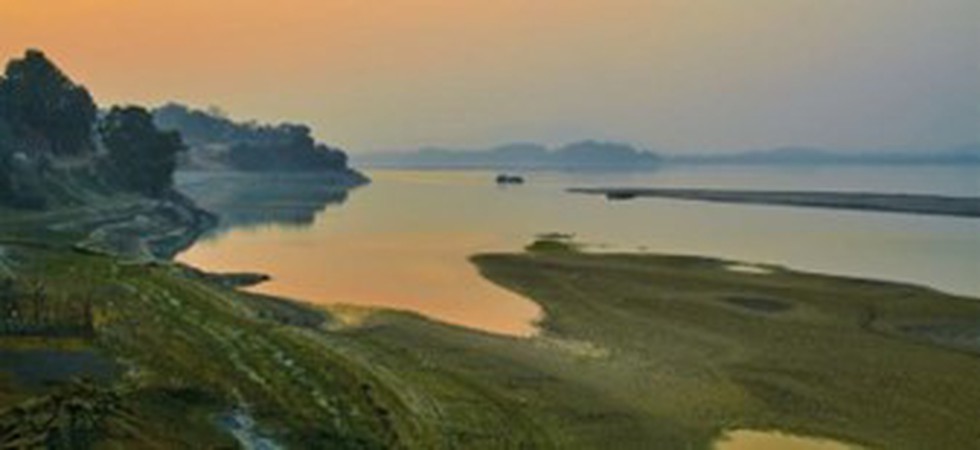
About BRAHMA-2D:
- BRAHMA-2D (Braided River Aid: Hydro-Morphological Analyzer) is a mathematical model to gauge the flow of large braided rivers like the Brahmaputra.
- It is a quasi-3D river flow model which helps to understand how fast the water moves at different depths inside a river and its circulation around a structure like a spur installed to prevent river bank erosion.
- It can help engineers in the design of sustainable hydraulic structures like spurs, reverent, and other river bank protection measures in order to check river bank erosion.
- It was developed by the researchers at IIT Guwahati in collaboration with the Brahmaputra Board under the Union Ministry of Jal Shakti.
- It was successfully validated on the Brahmaputra River near Majuli Island, the second largest freshwater River Island in the world, in Assam, which is prone to river bank erosion.
- It integrates a two-dimensional model of water movement with a theory about entropy, a measure of disorder or randomness.
- Specifically, it observes a dip phenomenon near spurs where the flow of water underneath increases, a phenomenon absent at points away from these structures.
- It has also been applied to understand the habitat suitability of aquatic species, especially endangered species, based on the availability of the required depth and flow velocity.
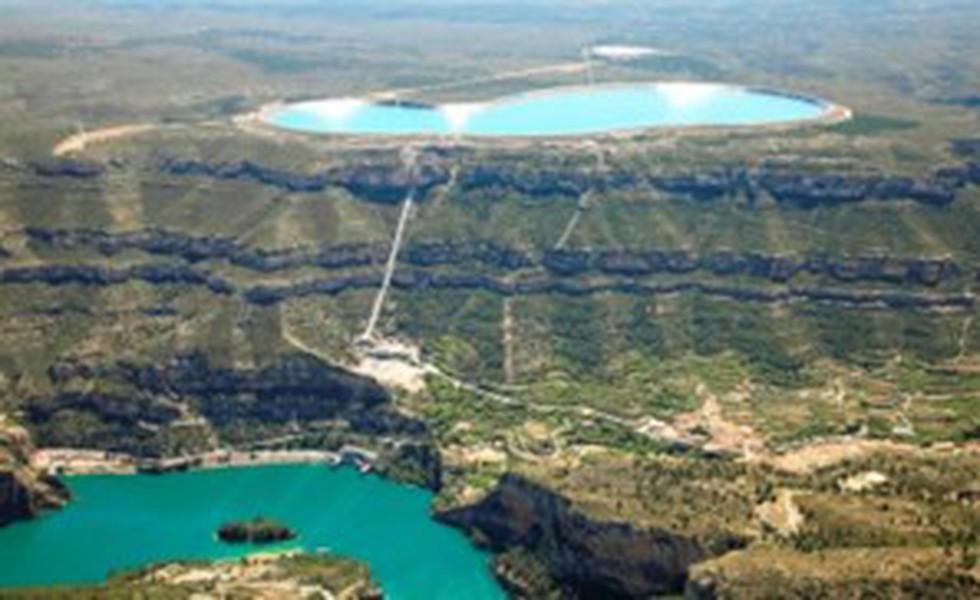
About Pumped Storage Hydro Power (PSH):
- PSH is a type of hydroelectric energy storage.
- It is a configuration of two water reservoirs at different elevations that can generate power as water moves down from one to the other (discharge), passing through a turbine.
- The water is pumped to the higher reservoir at times of low demand and low electricity prices. At times of high demand and higher prices, the water is then released to drive turbines in a powerhouse and supply electricity to the grid.
- The system also requires power as it pumps water back into the upper reservoir (recharge).
- PSH plants operate much like conventional hydropower plants, except PSH has the ability to use the same water over and over again.
- The technology absorbs surplus energy at times of low demand and releases it when demand is high.
- Open-loop versus Closed-loop:
- Open-loop PSH has an ongoing hydrologic connection to a natural body of water.
- With closed-loop PSH, reservoirs are not connected to an outside body of water.
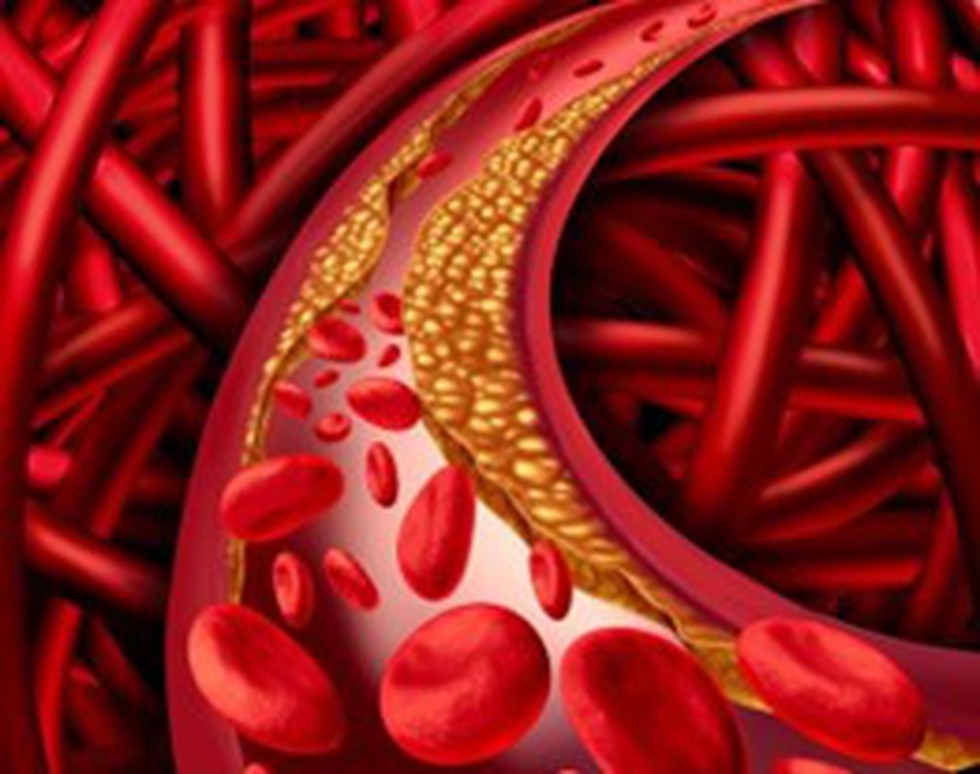
What is Cholesterol?
- Cholesterol is a waxy, fat-like substance that's found in all the cells in human body.
- Human liver makes cholesterol, and it is also in some foods, such as meat and dairy products.
- Human body needs some cholesterol to work properly.
- What are LDL and HDL?
- Cholesterol travels through the blood on proteins called “lipoproteins.”
- Two types of lipoproteins carry cholesterol throughout the body: LDL (low-density lipoprotein) and HDL (high-density lipoprotein).
- LDL and HDL have different purposes.
- LDL cholesterol, sometimes called “bad” cholesterol, makes up most of the body's cholesterol. A high LDL level leads to a buildup of cholesterol in arteries.
- HDL cholesterol is sometimes called “good” cholesterol, because it carries cholesterol from other parts of your body back to your liver. Your liver then removes the cholesterol from your body.
- How can a high LDL level raise my risk of disease?
- If you have a high LDL level, this means that you have too much LDL cholesterol in your blood.
- This extra LDL, along with other substances, forms plaque. The plaque builds up in your arteries; this is a condition called atherosclerosis.
- Coronary artery disease happens when plaque builds up in the arteries of your heart. It causes the arteries to become hardened and narrowed, which slows down or blocks the blood flow to your heart. This can cause angina (chest pain) or, if the blood flow is completely blocked, a heart attack.
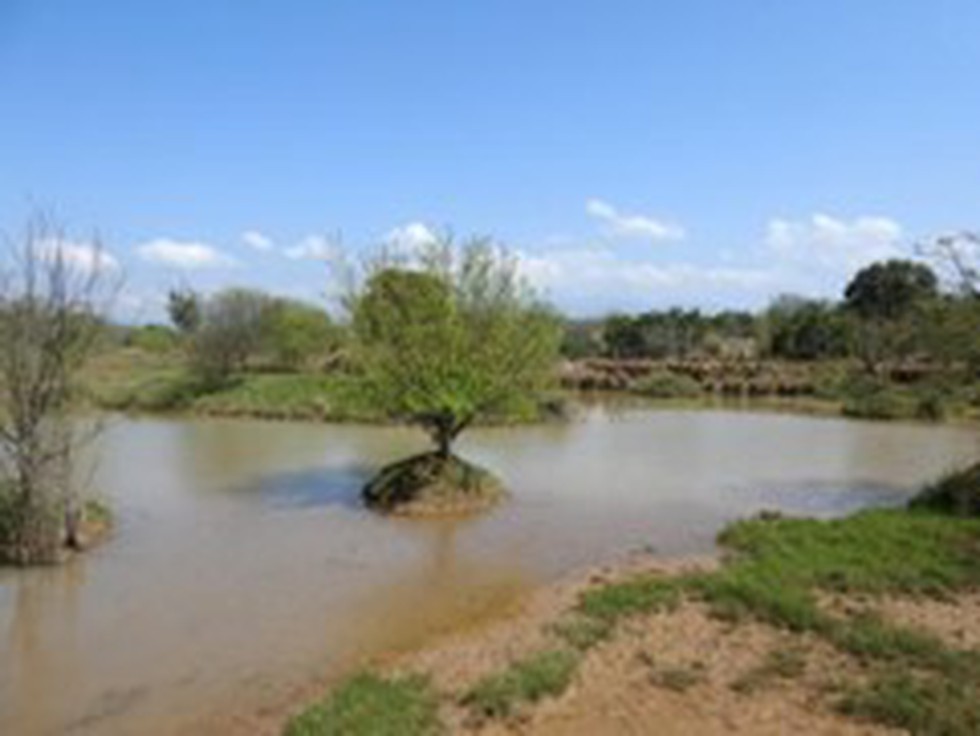
About the Sukhna Wildlife Sanctuary:
- Location: It is located at the foothills of the Shivalik range in Chandigarh.
- It forms part of the Sukhna Lake catchment area falling in the Shivalik Hills.
- The sanctuary was developed as a result of afforestation done for soil conservation around Sukhna Lake. It came into existence in March 1998 under the Wildlife Protection Act, 1972.
- Spanning over an area of 2600 hectares, the place is quite unstable geographically and becomes prone to soil erosion by surface runoff during rains.
- It has sandy soil of Shivalik with pockets of clay embedded at places.
- Apart from the Sukhna Lake, there are around 150 small and large water bodies in the sanctuary that form its catchment area.
- Vegetation: It is characterised by a mix of forests, grasslands, and wetlands, with the Sukhna Lake forming an important part of the ecosystem.
- Flora: The common flora of the sanctuary includes Khair, Phulai, Kikar, Shisham, Moonj, Amaltas, Jhingan, Amla, Rati, Vasaka, and many more.
- Fauna:
- Squirrel, Common-Mongoose, Indian Hare, Porcupine, Jungle Cat, Jackal, Wild boar, etc are the mammals found in the sanctuary.
- Peacock, Hill myna, Jungle crow, Black drongo, Parrots, Doves, and others are the common birds of this region. Migratory birds also flock around this place.


























































































































































.png)
.png)
.png)
.png)
.png)


.png)
.png)
.png)





.png)
.png)






.png)
.png)
.png)
.png)
.png)
.png)
.png)
.png)
.png)

.png)







.png)
.png)


.png)
.png)
.png)


.png)

.png)
.png)





.jpg)

.png)
.png)


.png)

.png)
.png)
.png)

.jpg)

.jpg)


.png)

.png)
.png)
.png)
.png)
.png)
.png)
.png)
.png)
.png)
.png)




.png)

.png)





.png)
.png)
.png)
.png)
.png)
.png)
.png)
.png)
.png)
.png)
.jpg)
.jpg)

.png)
.png)
.png)
.png)
.png)
.png)
.png)
.png)
.png)
.png)
.png)
.png)
.png)
.png)
.png)
.png)
.png)
.png)
.png)
.png)
.png)
.png)



.png)
.png)

.jpg)
.jpg)


.jpg)
.jpg)
.jpg)
.jpg)
.jpg)

.jpg)








.jpg)
.jpg)
.jpg)
.jpg)
.jpg)

















.jpg)
.jpg)







.jpg)


















.jpg)
.jpg)






























































































.jpg)
.jpg)


























.jpg)

.jpg)










.jpg)








.jpg)




.jpg)










.jpg)


















.jpg)












































.jpg)














.jpg)
.jpg)
.jpg)





.jpg)

.jpg)
.jpg)





































































.jpg)


































.jpg)
.jpg)
















































.jpg)












.jpg)


.jpg)




.jpg)
.jpg)
.jpg)

.jpg)
.jpg)
.jpg)
.jpg)

.jpg)
.jpg)
.jpg)

.jpg)
.jpg)
.jpg)
.jpg)
.jpg)
.jpg)
.jpg)
.jpg)

.jpg)


.jpg)
.jpg)
.jpg)
.jpg)
.jpg)
.jpg)
.jpg)
.jpg)
.jpg)
.jpg)











.jpg)
.jpg)





.jpg)
.jpg)
.jpg)
























.jpg)
























.jpg)









.jpg)
.jpg)







.jpg)
.jpg)









































.jpg)
.jpg)
.jpg)
.jpg)
.jpg)

.jpg)
.jpg)
.jpg)
.jpg)
.jpg)


.jpg)
.jpg)
.jpg)
.jpg)
.jpg)

.jpg)
.jpg)
.jpg)
.jpg)
.jpg)
.jpg)
.jpg)
.jpg)
.jpg)
.jpg)
.png)

.png)
.png)

.png)
.png)
.png)
.png)


.jpg)
.jpg)

.jpg)
.jpg)
.jpg)

.png)
.png)
.png)
.png)
.png)
.png)
.png)

.png)
.png)
.png)
.png)
.png)
.png)
.png)
.png)
.png)
.png)





































































-min.png)



.png)




.png)








































